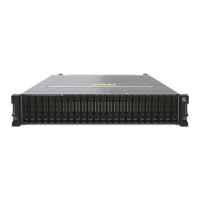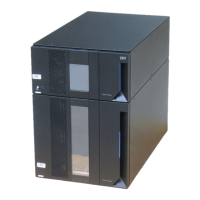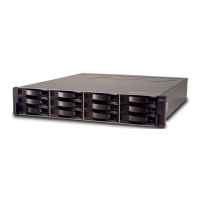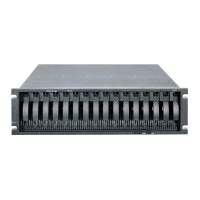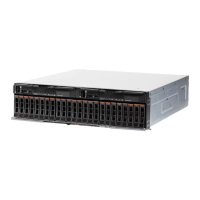• Mellanox OFED (MLNX_OFED_LINUX-5.7-1.0.2.1) Release Notes, go to https://docs.nvidia.com/
networking/spaces/viewspace.action?key=MLNXOFEDv571020. (The Mellanox OFED 5.7.x is shipped
with ESS 6.1.5.)
• IBM Elastic Storage System, see IBM Documentation.
• IBM Spectrum Scale call home, see Understanding call home.
• Installing IBM Spectrum Scale and CES protocols with the installation toolkit, see Installing IBM
Spectrum Scale on Linux
®
nodes with the installation toolkit.
• Detailed information about the IBM Spectrum Scale installation toolkit, see Using the installation toolkit
to perform installation tasks: Explanations and examples.
• CES HDFS, see Adding CES HDFS nodes into the centralized le system.
• Installation toolkit ESS support, see ESS awareness with the installation toolkit.
• IBM POWER8
®
servers, see https://www.ibm.com/docs/en/power-sys-solutions/0008-ESS?
topic=P8ESS/p8hdx/5148_22l_landing.htm.
• IBM POWER9
™
servers, see https://www.ibm.com/docs/en/ess/6.1.2_ent?topic=guide-5105-22e-
reference-information.
For the latest support information about IBM Spectrum Scale RAID, see the IBM Spectrum Scale RAID
FAQ in IBM Documentation.
Conventions used in this information
Table 1 on page xvi describes the typographic conventions used in this information. UNIX le name
conventions are used throughout this information.
Table 1. Conventions
Convention Usage
bold Bold words or characters represent system elements that you must use literally,
such as commands, flags, values, and selected menu options.
Depending on the context, bold typeface sometimes represents path names,
directories, or le names.
bold
underlined
bold underlined keywords are defaults. These take effect if you do not specify a
different keyword.
constant width Examples and information that the system displays appear in constant-width
typeface.
Depending on the context, constant-width typeface sometimes represents path
names, directories, or le names.
italic Italic words or characters represent variable values that you must supply.
Italics are also used for information unit titles, for the rst use of a glossary term,
and for general emphasis in text.
<key> Angle brackets (less-than and greater-than) enclose the name of a key on the
keyboard. For example, <Enter> refers to the key on your terminal or workstation
that is labeled with the word Enter.
\ In command examples, a backslash indicates that the command or coding example
continues on the next line. For example:
mkcondition -r IBM.FileSystem -e "PercentTotUsed > 90" \
-E "PercentTotUsed < 85" -m p "FileSystem space used"
xviAbout this information
